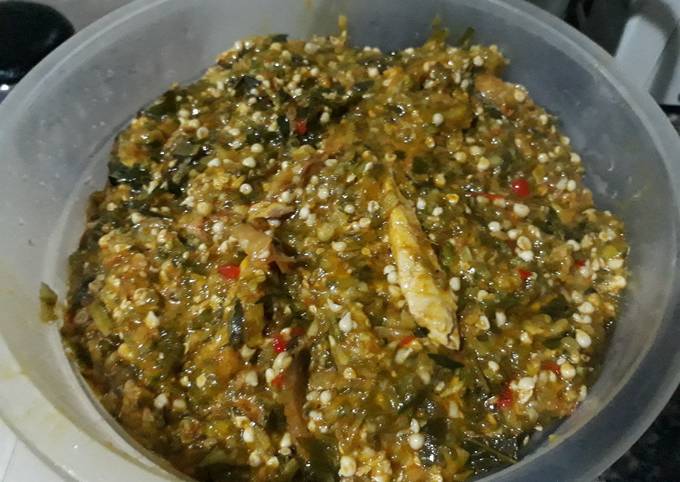Okro is a vegetable that’s known for its viscosity. Okro soup is quite popular. Different ethnic groups have different ways of making it. But the two major styles of making it are with ogbono and without ogbono. Both ogbono and okro are known for their viscosity (draw factor). When Ogbono is added to Okro, it lends its viscosity to the soup from the onset; this way, the okro feels no pressure to do its job as the soup will draw whether it does or not.
Read more about Recipe
Now, I prefer making Okro soup all about Okro as it gives this vegetable which is the star of the dish a chance to shine to its maximum ability. That way, when I make Ogbono Soup, it’ll be all about ogbono as well. But that’s me anyway. Today’s recipe is for plain okro soup. You can call it Ogbono-less Okro. Lol
Before we discuss the ingredients, here are some of my preferences where this soup is concerned. I love cooking it with kpomo and beef. Kpomo, cow tail, cow leg , in my opinion go well with draw soup. Secondly, I usually divide my okro into two equal parts. I blend or grate one part then I cut the second part into round bits. I add the blended or grated portion first.
Sign up for the Connect Nigeria daily newsletter
It is what will give my soup the viscous factor that it needs to shine. I add the second part with my other vegetable. This portion adds freshness and a bit of crunch to my soup. That said, my preferred vegetable for this soup is scent leaves. It adds flavour to the soup. I also like to make this soup a bit spicy; e dey go better that way.
Ingredients
Kpomo and beef
Okporoko
Dry fish
Okro
Scent leaves
Ogili Okpei (the black one)
Crayfish
Pepper
Onions
Palm oil
Seasoning cubes
Salt.
Method of Preparation
We’ll begin by prepping our ingredients. So, rinse the meat thorough to eliminate sand. Spice it with onions, seasoning cubes, pepper and salt. Cook the meat till it’s tender. Remember to start cooking the tough meat first and to add the remaining meat and stockfish halfway into the meat cooking.
Soak the dry fish in hot water, debone and rinse it in cold water. Rinse the pepper and blend it with ogili and crayfish. Set aside for later use. Pluck the scent leaves. Rinse thoroughly to eliminate sand then slice thinly not jaguda jaguda style. Set aside for later use. Rinse the okro thoroughly as well. Divide it into two equal parts. Blend or grate one portion then cut the other portion into round bits.
Register to attend the Connect Nigeria Business Mixer
Check the meat. If it’s tender enough to suit you, add palm oil, dry fish, blended ingredients, seasoning cubes, salt and the grated okro. Allow the soup to boil for about ten minutes with the pot open. Keep in mind that this soup is viscous. As such, you must stir from time to time to prevent burning. If it’s too thick, add a little water but if you’re satisfied with its thickness, stir in the remaining okro and the scent leaves. Taste the soup and adjust the taste, if need be. Cook for about two to three more minute then turn off the heat.
Your soup is ready. Serve with hot eba, semo, wheat or any swallow of your choice.
Featured Image Source: Cookpad.com
Got a suggestion? Contact us: [email protected]


